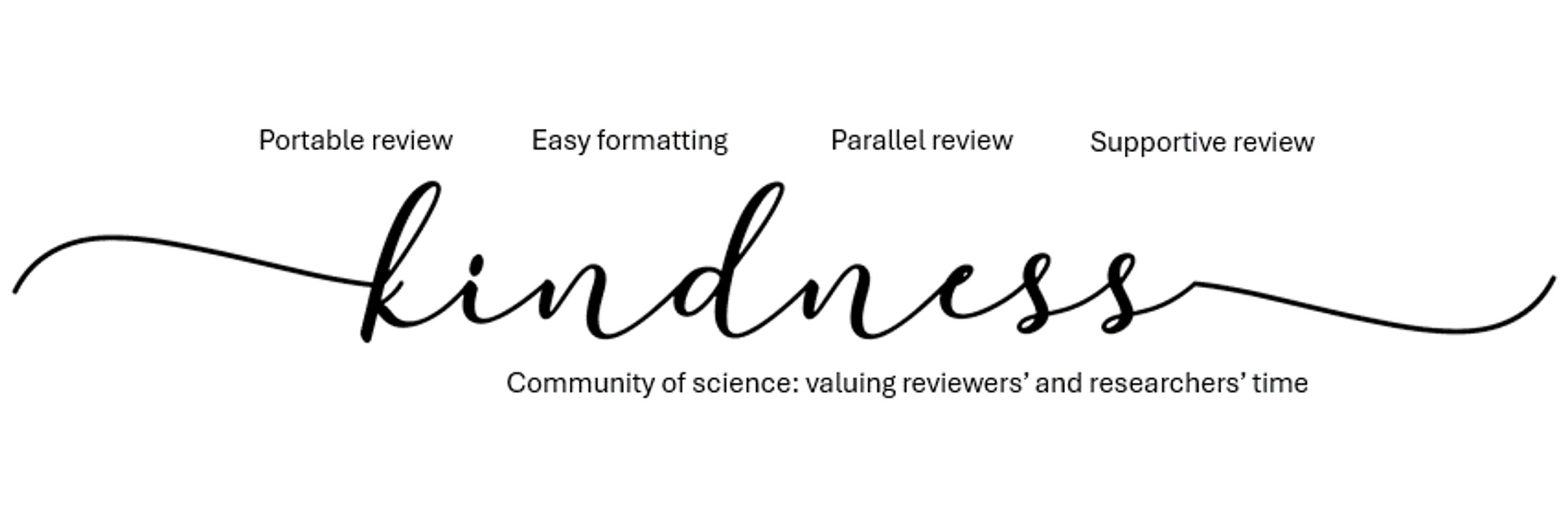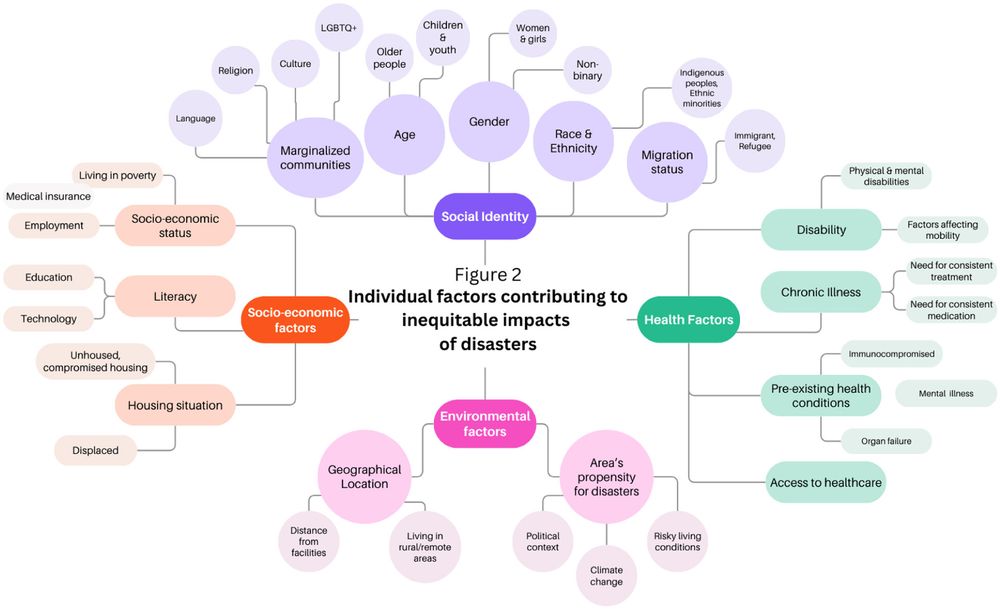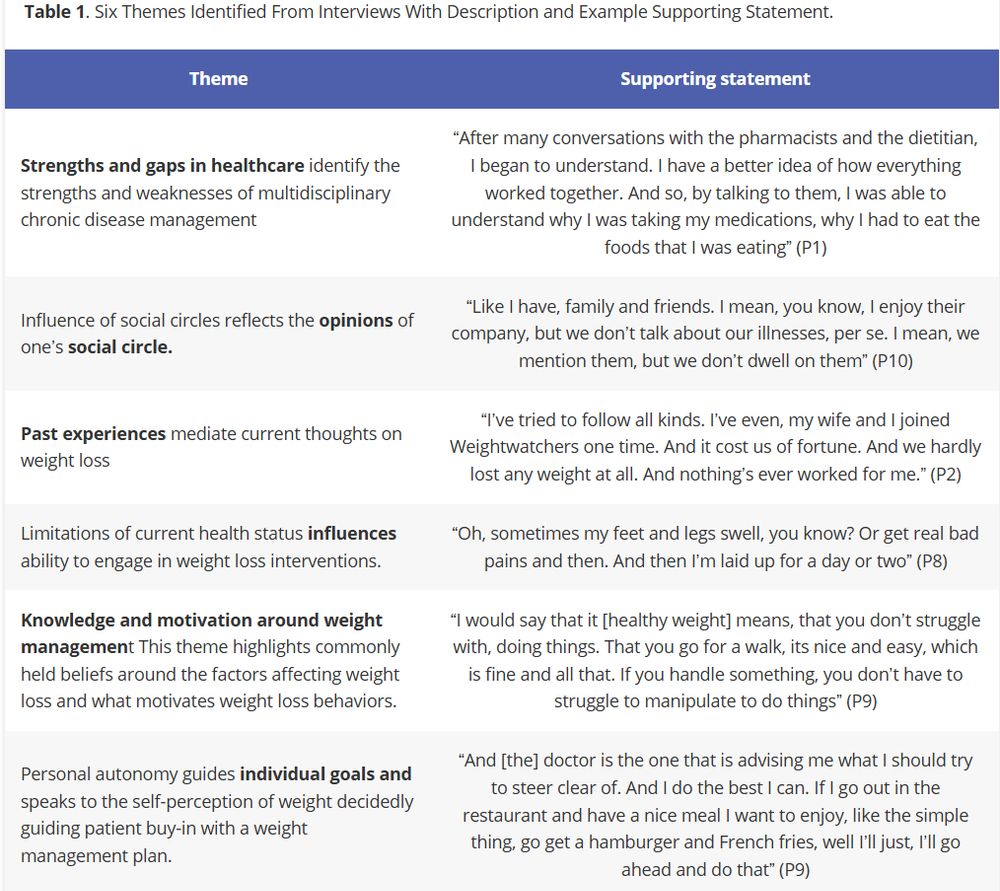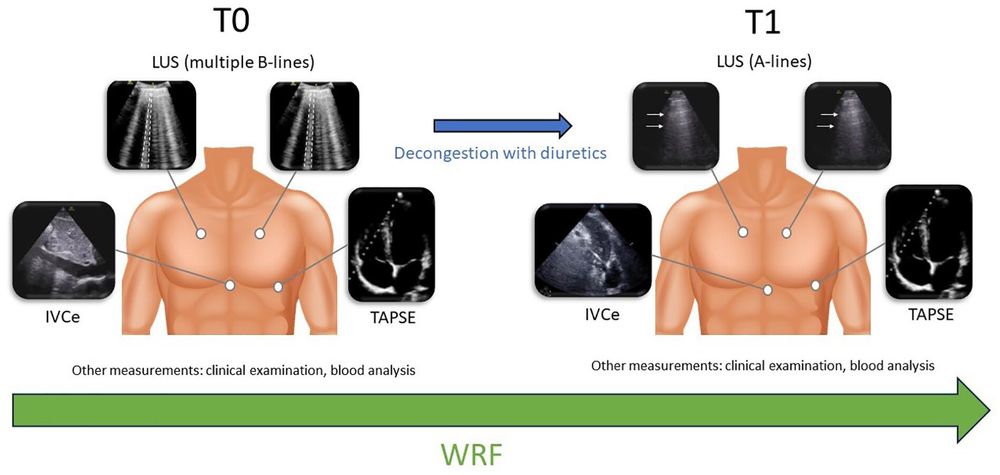
1/3
doi.org/10.1177/2054...

doi.org/10.1177/2054...
doi.org/10.1177/2054...

doi.org/10.1177/2054...
A structured workshop improves confidence, speeds up imaging,& enhances patient satisfaction #kidneyweek @unityhealthto.bsky.social @csnscn.bsky.social @cjkhd.bsky.social
doi.org/10.1177/2054...

A structured workshop improves confidence, speeds up imaging,& enhances patient satisfaction #kidneyweek @unityhealthto.bsky.social @csnscn.bsky.social @cjkhd.bsky.social
doi.org/10.1177/2054...
doi.org/10.1177/2054...

doi.org/10.1177/2054...
doi.org/10.1177/2054...

doi.org/10.1177/2054...
doi.org/10.1177/2054...

doi.org/10.1177/2054...
doi.org/10.1177/2054...

doi.org/10.1177/2054...
doi.org/10.1177/2054...

doi.org/10.1177/2054...
doi.org/10.1177/2054...

doi.org/10.1177/2054...
doi.org/10.1177/2054...

doi.org/10.1177/2054...
doi.org/10.1177/2054...

doi.org/10.1177/2054...
doi.org/10.1177/2054...

doi.org/10.1177/2054...
@umanitobasci.bsky.social @dalhousieu.bsky.social @csnscn.bsky.social
doi.org/10.1177/2054...

@umanitobasci.bsky.social @dalhousieu.bsky.social @csnscn.bsky.social
doi.org/10.1177/2054...
doi.org/10.1177/2054...

doi.org/10.1177/2054...
#CureKidneyDisease #KRESCENT #Mentoring
@csnscn.bsky.social @cjkhd.bsky.social @ualberta.bsky.social
@ubcmedicine.bsky.social
doi.org/10.1177/2054...

#CureKidneyDisease #KRESCENT #Mentoring
@csnscn.bsky.social @cjkhd.bsky.social @ualberta.bsky.social
@ubcmedicine.bsky.social
doi.org/10.1177/2054...
#diabetes #kidneydisease #protection @csnscn.bsky.social @cjkhd.bsky.social @ualberta.bsky.social
doi.org/10.1177/2054...

#diabetes #kidneydisease #protection @csnscn.bsky.social @cjkhd.bsky.social @ualberta.bsky.social
doi.org/10.1177/2054...
@csnscn.bsky.social @cjkhd.bsky.social
doi.org/10.1177/2054...

@csnscn.bsky.social @cjkhd.bsky.social
doi.org/10.1177/2054...
doi.org/10.1177/2054...

doi.org/10.1177/2054...
doi.org/10.1177/2054...

doi.org/10.1177/2054...
@csnscn.bsky.social @cjkhd.bsky.social @mcgilluniversity.bsky.social
doi.org/10.1177/2054...

@csnscn.bsky.social @cjkhd.bsky.social @mcgilluniversity.bsky.social
doi.org/10.1177/2054...
@csnscn.bsky.social @cjkhd.bsky.social @ucalgary.bsky.social
doi.org/10.1177/2054...

@csnscn.bsky.social @cjkhd.bsky.social @ucalgary.bsky.social
doi.org/10.1177/2054...
Let’s talk about what helps and what hinders. #Nephrology #Diabetes #PatientCare #HealthEquity @ucalgary.bsky.social
doi.org/10.1177/2054...

Let’s talk about what helps and what hinders. #Nephrology #Diabetes #PatientCare #HealthEquity @ucalgary.bsky.social
doi.org/10.1177/2054...
doi.org/10.1177/2054...
doi.org/10.1177/2054...
doi.org/10.1177/2054...

doi.org/10.1177/2054...
doi.org/10.1177/2054...

doi.org/10.1177/2054...

